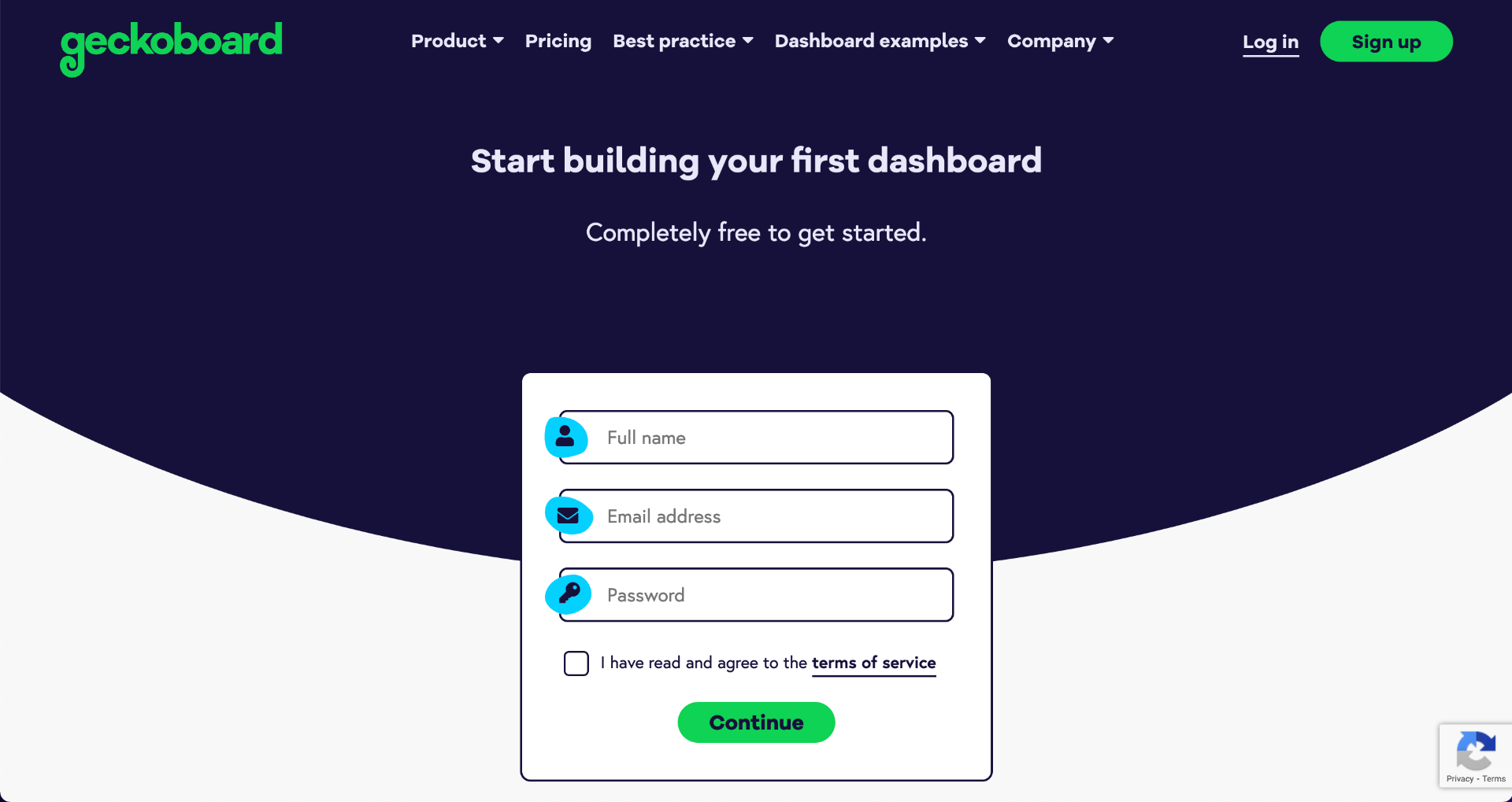When it comes to connecting with customers, Zendesk is a fantastic solution. From Sales teams to Customer Support, over 100,000 businesses rely on Zendesk to create seamless customer experiences.
With Zendesk being such a fundamental part of many businesses' data stack, it’s not surprising that many wish to visualize their Zendesk metrics on a live TV dashboard.
In this article, we’ll take you through our step-by-step guide to setting up a TV dashboard for Zendesk
What are the benefits of displaying Zendesk data on a TV display?
Zendesk data is often critical for providing excellent customer experiences. There are many reasons why you should consider displaying this data on a TV, where the entire team can see it.
- A sudden change: Many Zendesk metrics can require urgent attention – such as a sudden build up of tickets, or a rise in FRT (First Response Time). Busy teams do not always have time to log into Zendesk to keep track of these metrics. A TV dashboard ensures that everyone is immediately aware when key metrics change.
- Data-driven teams: Teams who use TV dashboards gain a greater awareness of their metrics – including how they change and why. This awareness leads to increased understanding and data literacy.
- Big goals; big screens: Don’t just set your KPIs and forget about them. By increasing the visibility of individual goals and team goals, you can improve motivation and promote a goal-orientated culture.
Step-by step: Building a TV dashboard for Zendesk
If you want to display Zendesk metrics on a TV, you need to use a third-party dashboard tool. Whichever dashboard tool you choose, you need to make sure that it:
- connects to Zendesk: including Zendesk Sell; Zendesk Support; Zendesk Talk and Zendesk Chat
- connects to any other data sources you wish to display such as Shopify, Salesforce or Google Analytics.
- is optimized for TV, meaning it can be displayed in full screen, doesn’t require interaction, can be understood at a distance, can be displayed indefinitely and can be updated remotely.
Fortunately, Geckoboard excels in all of these areas and is a very popular choice with Zendesk users.
Step 1: Sign up to Geckoboard
Sign up with Geckoboard for a 14-day free trial – no credit details required.

Step 2: Connect your Zendesk account
To start building your dashboard, click ‘add widget’ and select either Zendesk Sell, Zendesk Support, Zendesk talk or Zendesk Chat.
Choose any of the widget options to get started, then follow the instructions to connect Geckoboard to your Zendesk account.
Step 3: Create a widget
Now you’ve connected your Zendesk data, you can start using Geckoboard to build widgets. (A widget is just a name for a data visualization: such as a bar chart, a leaderboard, a gauge or a number.)
You can make widgets more meaningful by adding goals and status indicators. This helps anyone looking at the dashboard to understand whether a metric is good or bad, and if they need to take further action.
Step 4: Build your dashboard by adding more widgets
Now you know how to build widgets, you can start to populate your dashboard. Customize your widgets by resizing them, or even grouping related metrics together.
Think carefully about which metrics to include on your dashboard, and how to order them. It should present your most important metrics at a glance, especially the ones which require action when they change.
For more dashboard design advice, check out our complete guide to dashboard design.
Step 5: Share your dashboard virtually
Before you set up your dashboard for TV display, you should check out some of the other sharing options available. These include creating a live sharing link, so you can view your live dashboard from any browser, and scheduling regular snapshots of your dashboard to email and Slack.
This is a great way to ensure your team have visibility of your dashboards, even when they are working remotely.
Step 6: Choose the right hardware for your TV dashboard
In order to display your Zendesk dashboard on a TV, you will need the following hardware:
- A TV – any HD TV screen should work. You could use a computer monitor, but these tend to be smaller and more expensive.
- A small computer (one that can run a modern browser like Chrome or Firefox). By choosing a small computer it makes it easy to store the device discreetly behind the TV. We recommend a PC stick or Raspberry Pi, which are small and inexpensive.
- A HDMI lead to connect your screen to your computer.
We’ve put together a complete guide to selecting the best TV dashboard hardware. (Including why we don’t recommend using a Smart TV, Amazon Firestick or casting device to power your TV dashboard.)
Step 7: Setting up your TV dashboard
Now you have your hardware, it’s time to set up your TV dashboard.
Positioning your TV
Think carefully about where you are going to position your dashboard – who will need to look at it? And how easily will they be able to glance at it from where they are working?
Kiosk mode
We highly recommend you set up your computer device in kiosk mode. Kiosk mode configures the device so that it runs a single application when it’s turned on, effectively meaning it will always open on your dashboard, every time the device is booted up.
We’ve created some step by step guides to setting up Windows devices and Raspberry Pi in Kiosk mode.
Step 8: Connect Geckoboard
Login to Geckoboard using a different computer, and select ‘Send to TV’. Then simply follow the instructions to pair your TV to your dashboard.
Here you can manage your different TV connections, connect a screen using a short URL and passcode, and even choose several dashboards to be displayed on a loop.
We hope you found this guide useful. Start your free trial with Geckoboard and create dashboards for Zendesk and over 80 other different data sources.

